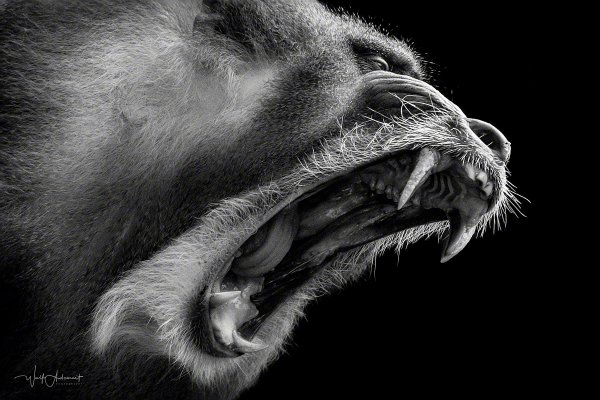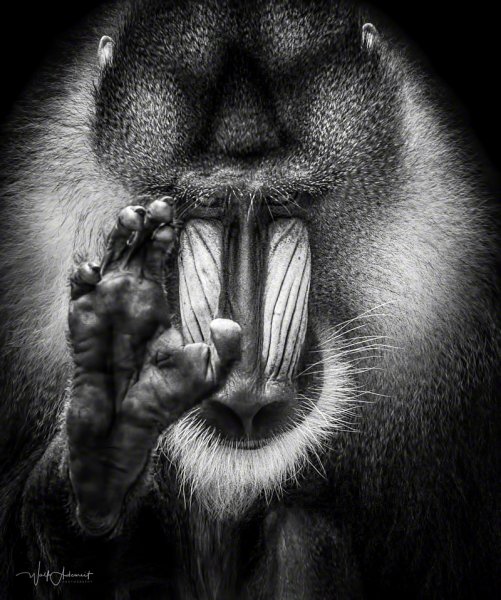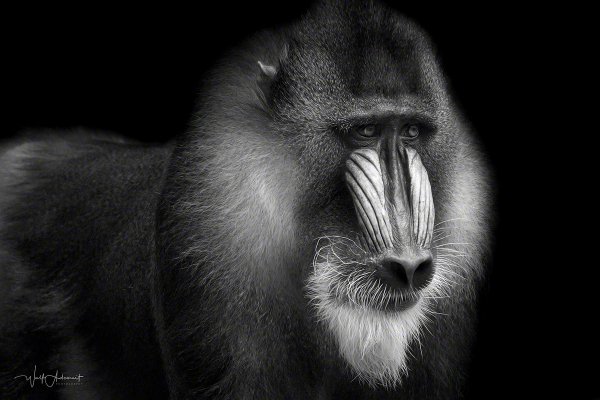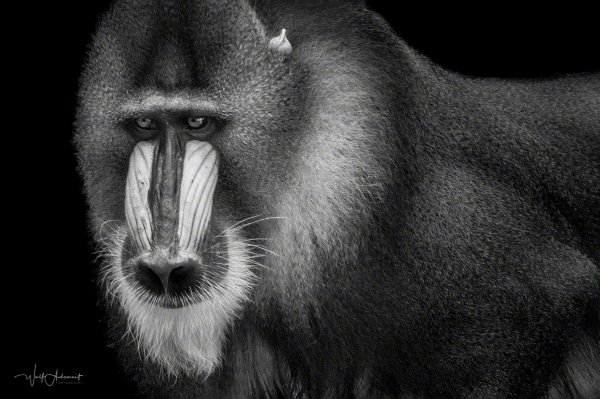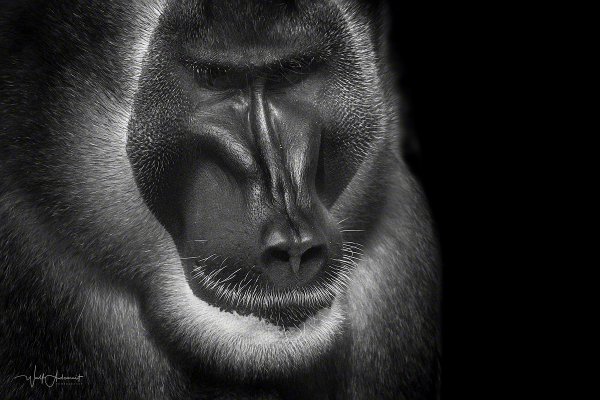CONTACT

About Wolf Ademeit
Wolf Ademeit, born 1954, lives in Duisburg, Germany. The author prefers calling himself a hobbyist, though his professional life has been always closely connected with this field – he owns an advertising agency and a photo studio. Wolf Ademeit first took interest in photography when studying lithographer's craft and it's been his passion since, for more than 30 years now.
It's Ademeit's distinctive approach that makes his works stand out of a long row of ever trendy black and white photography adepts or, speaking of his most known series, animalist masters. Unique of the author is his 'hobbyist' choice to capture expressive portraits of zoo animals. Rather than focusing on wildlife in their naturally beautiful habitats, Ademeit finds charm and personality in the facial expressions of his subjects alone. Call it 'animal portraits', if you wish. More than simply keeping a visual record, the photographer provides an artistic portrayal that is often reserved for human portraiture.
Says the author: "Only a few photographers use the photography of animals in zoos as an art form. I think this is a missed opportunity… With my pictures I would like to move the photography of these animals in the focus of the art photography and show photos which are not only purely documentary."
Ademeit's incredibly artistic collection of images offers a wide range of emotions, capturing every grimace, ferocious roar, tender kiss, and twinkle in the varied creatures' eyes, each caught within a second of the animal's position he sought for. No wonder his highly acclaimed Animals series took 5 years to finish, patience being a part of the author's talent and mastership.
-Vadim Yatsenko
Bruice Collections, Kiew
CONTACT
CONTACT
WOLF ADEMEIT PHOTOGRAPHY
Mandrills Gallery
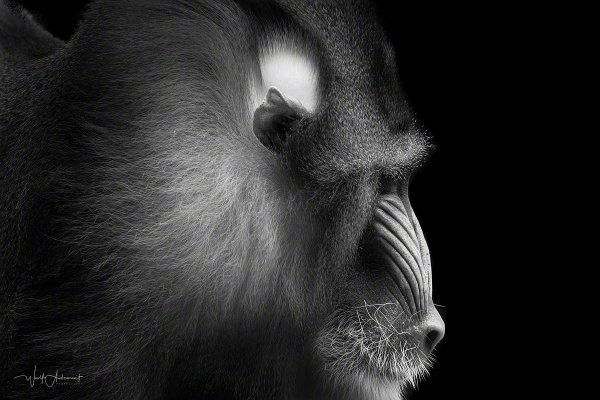
Impressive primates that immediately captivate you...
Mandrills are one of the most colorful and largest primate species and live in the rainforests of West Africa. They are known for their striking, multi-colored faces and buttocks, with bright blue and red patterns that are particularly pronounced in males. These social animals live in large groups and are often led by a dominant male. Their diet is omnivorous and includes fruits, seeds, insects and occasionally small vertebrates. Mandrills are ground-dwelling, but are also good climbers. Despite their size, they are surprisingly agile and shy. Their colorful appearance makes mandrills a fascinating subject of study in terms of social structures and reproductive strategies. However, due to habitat destruction and hunting, mandrills are endangered and require protection.
